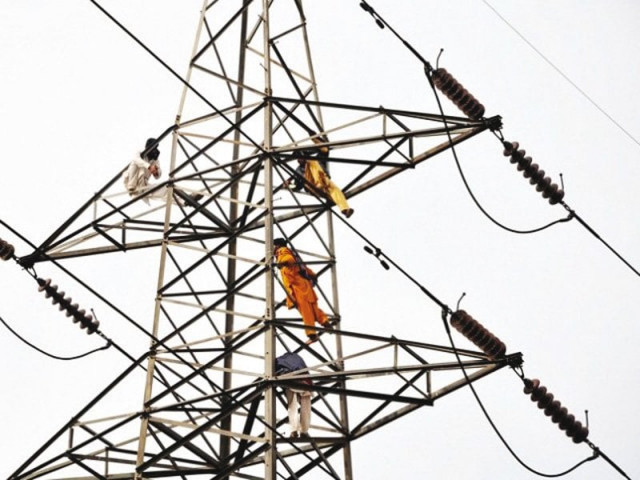Repercussions: Power companies take flak for eating up billions
Water and power secretary seeks Rs84b subsidy from Finance Division.

Power companies are resorting to loadshedding for six hours in urban areas, eight hours in rural areas and four hours in industrial areas. PHOTO: PPI
The issue came up for discussion in a high-level meeting on energy production and supply at the Prime Minister’s Office last month.
Finance Secretary Dr Waqar Masood said the government had been bearing the burden of circular debt since 2007 and strongly suggested that it was not appropriate at all that an inefficient sector cost the government billions of rupees annually.
Water and Power Secretary Younis Daga, however, submitted a proposal, suggesting the release of a subsidy of Rs84 billion by the Finance Division for power companies.
Giving explanation, Daga said the circular debt did not stem from the inefficiency of power companies, rather it was the result of policy decisions taken by the governments and the regulator. Under these policies, the lowest tariff of the best-performing power company was applicable to all other companies and the difference in tariffs running into billions of rupees was bridged by the government.
According to him, the government of Balochistan and the administration of Federally Administered Tribal Areas (Fata) have announced hefty tariff reliefs. Apart from this, the low tariff collected from Azad Jammu and Kashmir under an agreement was also a factor behind the inflated subsidy bill.
Daga stressed that though some progress had been made by the power distribution companies, they still needed to do a lot.
In order to bring about improvement in the recovery of consumer bills, he proposed 50% rebate to domestic consumers on payment of more than three-year-old bills and 5% reward to the recovery staff from linesmen to executive engineers.
He also suggested that a list containing names of old defaulters should be compiled and sent to the National Accountability Bureau (NAB).
He gave an overview of the schedule of power outages being implemented in urban, rural and industrial areas. On average, power companies are resorting to load-shedding for six hours in urban areas, eight hours in rural areas and four hours in industrial areas throughout the country.
However, the duration of outages varies in areas covered by the feeders where losses are high.
Daga said the ministry could implement the approved load management plan strictly in accordance with the directives only because of increased hydroelectric power generation and favourable weather conditions that kept the demand within manageable limits.
However, the power ministry needed continuous and enhanced support of the Ministry of Petroleum and Natural Resources and the Ministry of Finance in the shape of uninterrupted fuel supply and cash support.
In case of any interruption in oil and gas supplies, he cautioned, it would hardly be possible to maintain the schedule of outages in rural and urban areas.
Published in The Express Tribune, June 13th, 2015.
Like Business on Facebook, follow @TribuneBiz on Twitter to stay informed and join in the conversation.



















COMMENTS
Comments are moderated and generally will be posted if they are on-topic and not abusive.
For more information, please see our Comments FAQ